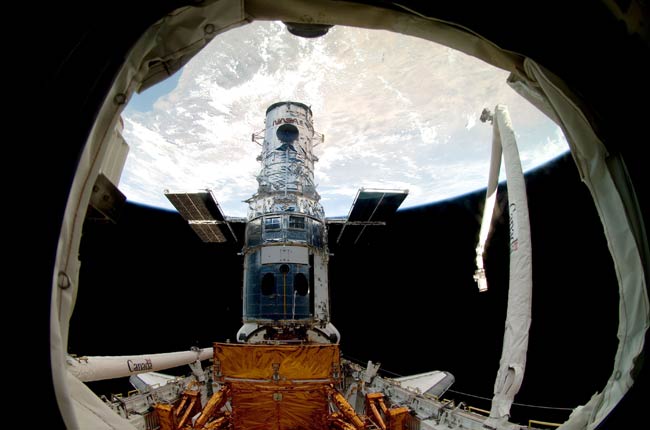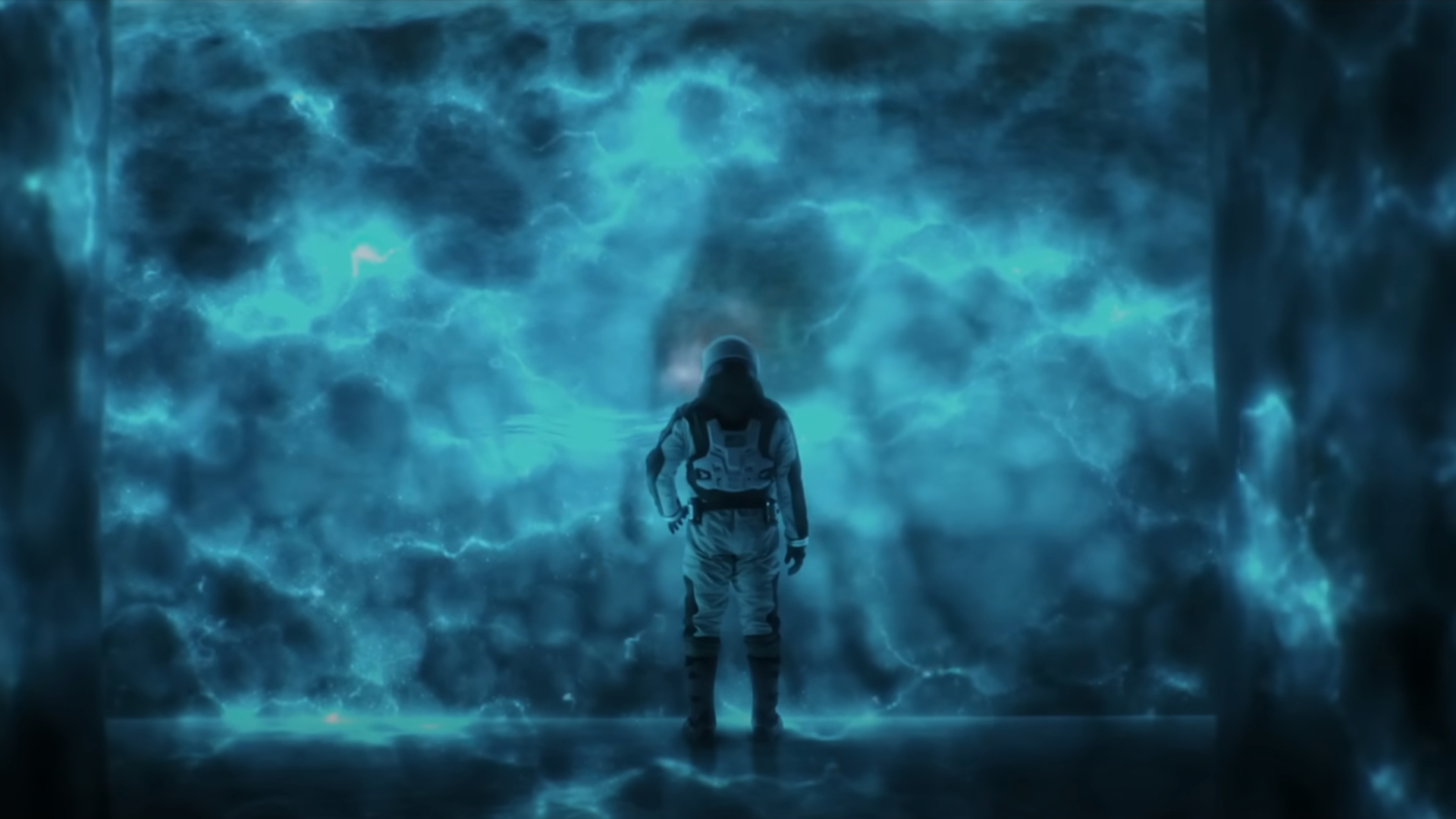NASA: 2nd 'Hubble Revolution' Starts Today

Hubble'sfinal makeover is finished and the astronauts have said their goodbyes; now itstime for Hubble to test out its new gadgets and see just what they can do.
"Todaybegins the second Hubble revolution," said Dave Leckrone, Hubble?s seniorproject scientist at NASA?s Goddard Space Flight Center in Greenbelt, Md., which oversees the space telescope.
The shuttleAtlantis releasedHubble yesterday from the ship's cargo bay, returning the 19-year-oldtelescope to its rightful orbit 350 mile (563-km) above Earth.
Over the courseof five spacewalks in as many days, astronauts installed a brand new wide-fieldcamera for deep-space observations, a super-sensitivespectrograph to detect faint light from distant developing galaxies, newgyroscopes and batteries, insulation, and a fine guidance sensor for pointingaccuracy.
Theshuttle's crew also resurrectedHubble's advanced camera and a versatile spectrograph that can double as animager.
"Nowwe have increased Hubble?s capability literally by orders of magnitude,"Leckrone said.
So far, allof Hubble's gizmos are looking good.
Breaking space news, the latest updates on rocket launches, skywatching events and more!
"Everythinghas passed its aliveness test and its functional test," Leckrone said.
Scientistsare already lined up to use the new and improved telescope, though NASAengineers have to go through a few more tests and calibrate each instrumentbefore Hubble will be ready to resume its science mission.
Thecalibrations and checks are expected to run through the end of summer.
Missioncontrollers plan to point Hubble's eye away from Earth to avoid CCD damage fromUV light for the first week or so and start calibrating with known targets soonafter.
These targetswill help make sure the camera is focused correctly and otherwise operatingnormally. NASA will release the list of the calibration targets, which includesa group of "very prosaic stars," Leckrone said.
"It'sextremely boring," he added.
But the"boring" part won't last that long. Groups have already sent inresearch proposals for Hubble's various instruments and will be able to starttheir observations once the telescope checks out.
Onedefinite project will be a new deep-field image that will hopefully capturegalaxies even further back in the history of the universe than previous deep-fieldsurveys. Hubble aims to look at things as they were some 500 million yearsafter the birth of the universe.
Before themission, Leckrone said that they hoped to release the first images from the newand improved Hubble sometime in September, though NASA isn't saying what thefirst target will be because it could change.
This latestphase of the Hubble mission is slated to last for at least five years, andmission scientists are optimistic that its new findings will be every bit asgroundbreaking as the ones it has made over the past nearly two decades.
?It?s showtime for us now,? said Eric Smith, NASA?s Hubble program scientist. ?We goteverything we asked for, we?re going to have a great mission for years tocome.?
- Video ? Restoring Hubble's Vision
- Special Report ? Hubble Space Telescope
- Images: Hubble's First 15 Years
Join our Space Forums to keep talking space on the latest missions, night sky and more! And if you have a news tip, correction or comment, let us know at: community@space.com.

Andrea Thompson is an associate editor at Scientific American, where she covers sustainability, energy and the environment. Prior to that, she was a senior writer covering climate science at Climate Central and a reporter and editor at Live Science, where she primarily covered Earth science and the environment. She holds a graduate degree in science health and environmental reporting from New York University, as well as a bachelor of science and and masters of science in atmospheric chemistry from the Georgia Institute of Technology.
